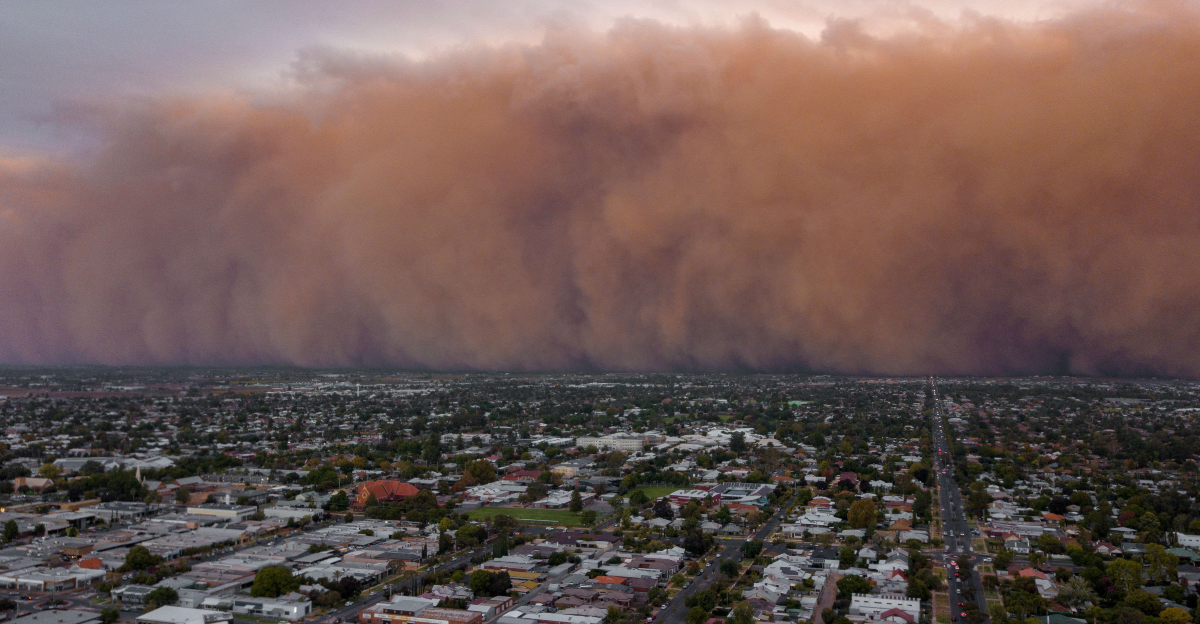
While the idea of a massive dust cloud traveling thousands of miles from the deserts of Africa to the United States might sound like something out of a sci-fi movie, it’s actually a natural weather event that occurs every year.
This enormous plume of dust comes from the Sahara Desert, the largest hot desert on Earth, and is carried through the Atlantic Ocean by prevailing winds.
This year, the dust cloud is forecast to reach Florida and spread across the southeastern U.S. by midweek, resulting in a stunning atmospheric display that often results in breathtaking sunsets. Although it is an incredible event, it has both environmental and health implications for the region.
The Immense Scale of the Saharan Dust Cloud
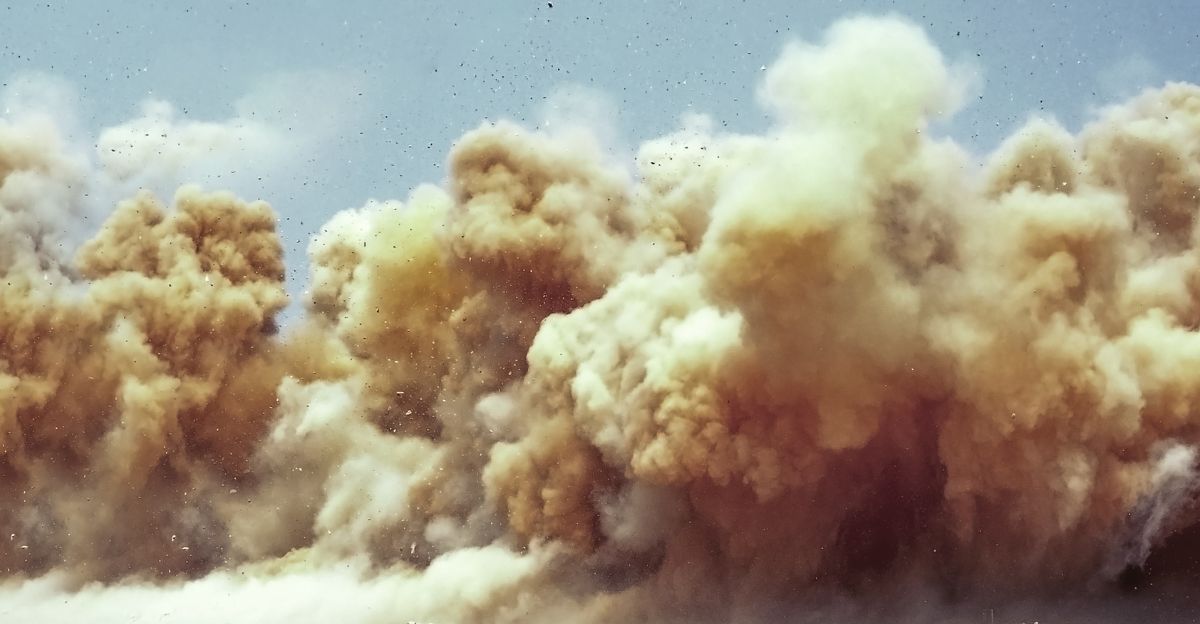
The dust mass currently making its way across the Atlantic is staggering in size— roughly 2,000 miles wide from west to east and 750 miles long from north to south, according to AccuWeather.
Satellite imagery clearly shows the plume stretching out over the ocean, a visible reminder of the vast distances this dust travels. This annual dust commute carries hundreds of millions of tons of mineral-rich particles.
These particles, including iron and phosphorus-based compounds, could impact ecosystems far from their origins. The dust typically reaches the U.S. between late June and mid-August, with Florida often among the first states to experience its effects.
The Dust’s Journey and Regional Spread
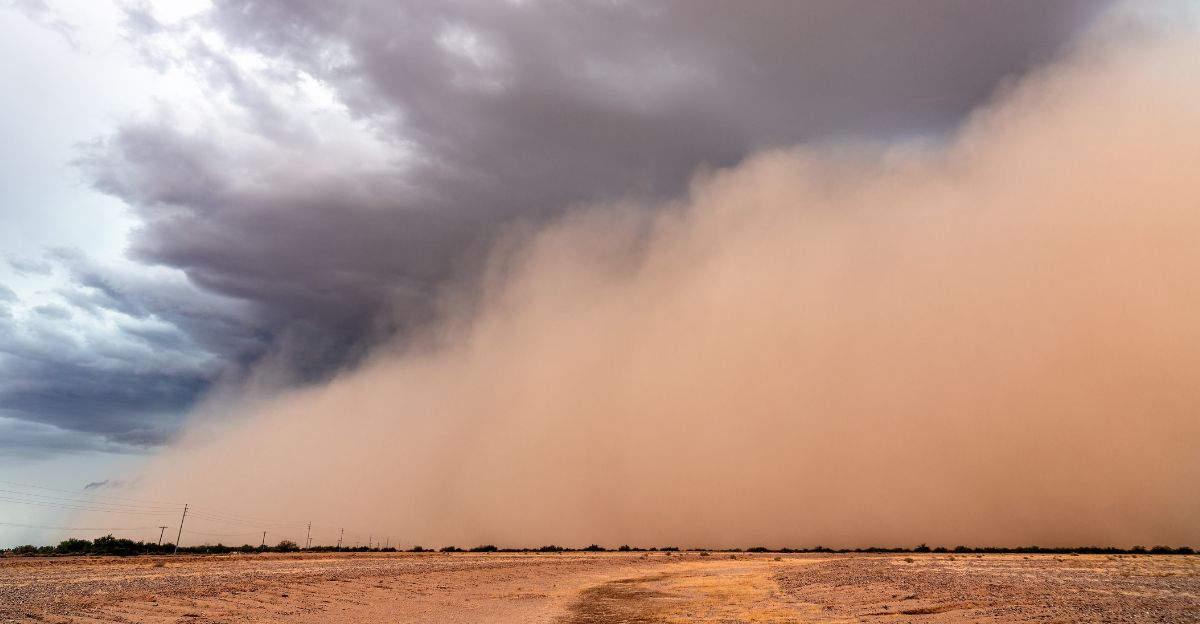
This year, the Saharan dust has arrived in Florida on Wednesday and is expected to spread across more southeastern states by Thursday. The dust cloud also routinely reaches the Caribbean, Central America, and southern parts of South America, with Puerto Rico often experiencing high dust concentrations.
While Florida and Texas often bear the worst of it in the U.S., the dust’s spread depends on atmospheric conditions. The phenomenon is a regular feature of the annual weather cycle, but it can fluctuate in intensity and timing from year to year.
Stunning Visual Effects in the Sky
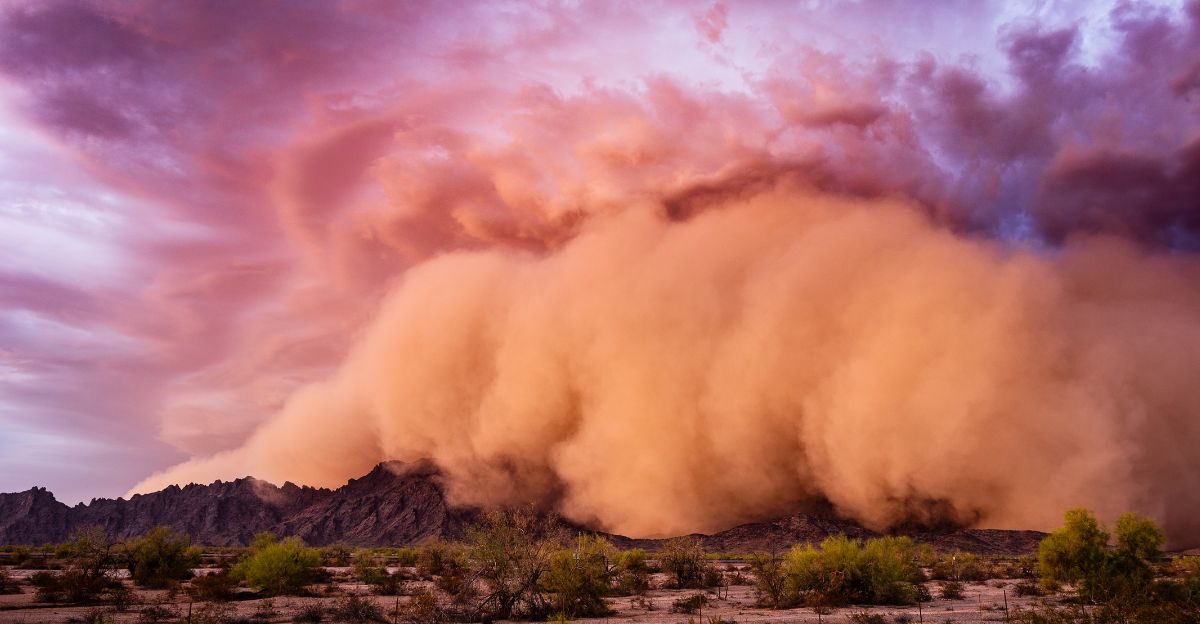
One of the most noticeable effects of the Saharan dust cloud is the transformation of the sky’s colors. The dust particles reflect sunlight in a manner that intensifies the oranges and reds of sunrises and sunsets, creating spectacular visuals.
During the day, the sky may appear “milkier” or hazier, with reduced clarity and a muted blue tone. These changes have both a visual effect and a distinctive aesthetic, and they are a visible indicator of the dust in the air.
Interaction with Tropical Weather Systems

The dry air carried by the Saharan dust can suppress the development of tropical storms and hurricanes by stabilizing the atmosphere and lowering humidity. However, this year, meteorologists say moisture levels over Florida could be strong enough to overcome the dust’s suppressive effects.
If storms develop despite the dust, then dust mixed with the rain can produce a muddy residue on surfaces, sometimes described as a “mud rain”. This interaction underscores the complex influence the dust has on the regional climate.
Health Concerns Linked to Saharan Dust Exposure

The dust cloud’s arrival is not without health risks. The Centers for Disease Control and Prevention (CDC) warn that increased levels of particulate matter in the air can degrade air quality, which could be especially hazardous to people who have asthma, allergies, or other respiratory conditions.
Fine dust particles can penetrate deep into the lungs and even enter the bloodstream, triggering symptoms such as coughing, wheezing, and eye irritation. Skin irritation is also prevalent, particularly for individuals with sensitive or pre-existing conditions.
Vulnerable Populations at Greater Risk

Certain groups are more susceptible to the adverse effects of Saharan dust. Babies, young children, the elderly, and those with heart or lung diseases are at greater risk for complications.
Studies have linked exposure to desert dust events with a higher risk of heart attacks, particularly among the elderly or those already susceptible.
The CDC recommends that people who live in affected areas check local air quality indexes, minimize outdoor activity that requires heavy breathing, and use protective measures such as masks when necessary.
Environmental Effects of Saharan Dust
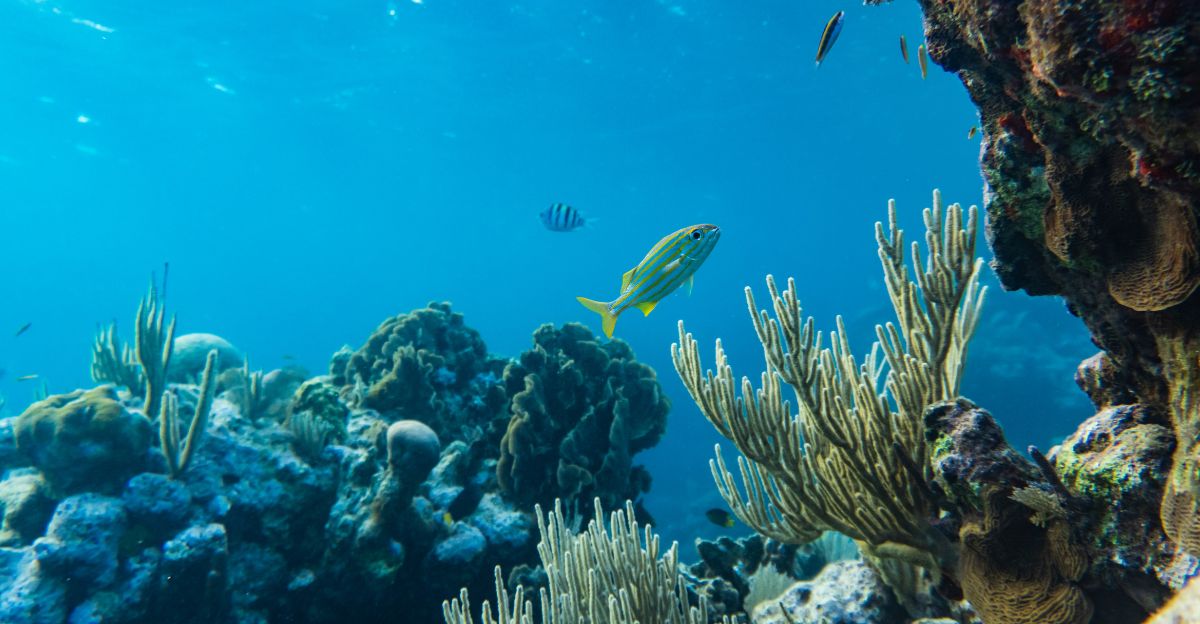
Despite its health risks, Saharan dust also benefits the environment. The minerals it transports, particularly iron and phosphorus, act as natural fertilizers that nourish forests, soils, and marine ecosystems.
In the ocean, these nutrients support the growth of phytoplankton, microscopic plants that form the base of the marine food chain and contribute significantly to carbon sequestration. This fertilizing effect helps to sustain ecosystem productivity both on land and in the ocean.
Environmental Drawbacks and Ecological Risk

However, the dust can also be environmentally hazardous. When it accumulates on plant leaves, it can block sunlight and interfere with photosynthesis, damaging or killing vegetation. Additionally, the dust can also carry plant-like bacteria that, when deposited into marine environments, can trigger harmful algal blooms or “red tides.”
These toxic blooms can be deadly to marine life and pose health risks to humans. In addition, Saharan dust has been linked to coral bleaching, adding to the stress already brought on by the warm water temperatures and ocean acidification.
A Complex Natural Phenomenon with Far-Reaching Effects
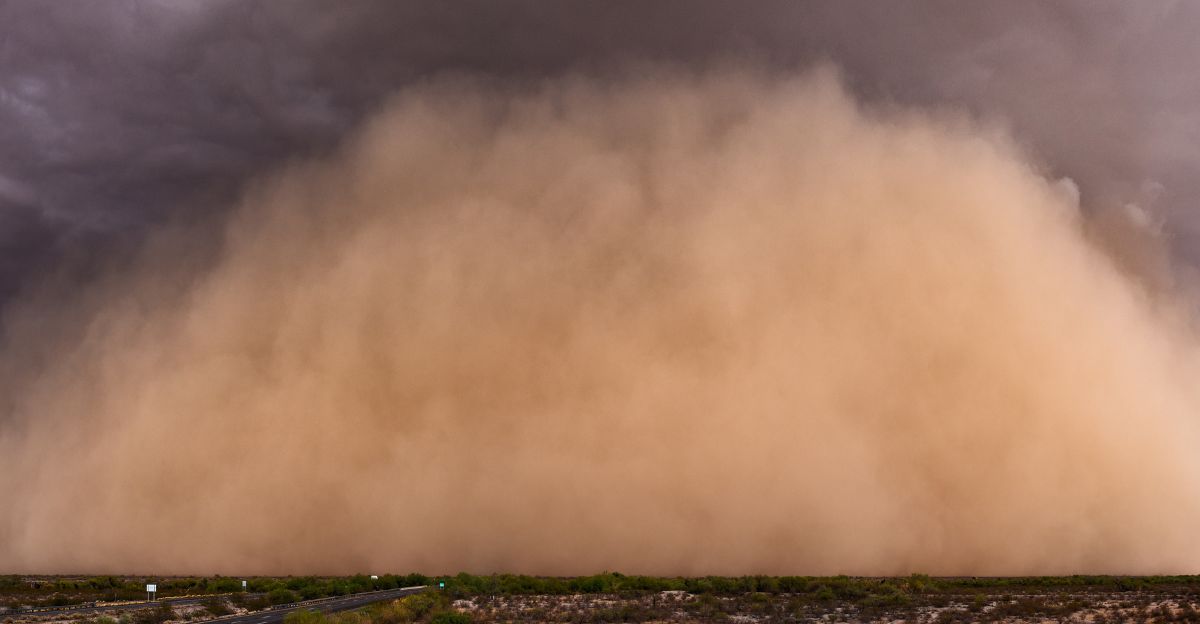
The annual arrival of Saharan dust to the southeastern United States is an extraordinary example of Earth’s interconnected systems. It can produce beautiful visual spectacles and ecological benefits, but it also presents challenges for public health and the environment.
With climate change affecting weather systems, monitoring and understanding this phenomenon is more important than ever to help manage the impacts and better protect vulnerable communities and ecosystems in the years to come.
Explore more of our trending stories and hit Follow to keep them coming to your feed!

Don’t miss out on more stories like this! Hit the Follow button at the top of this article to stay updated with the latest news. Share your thoughts in the comments—we’d love to hear from you!







